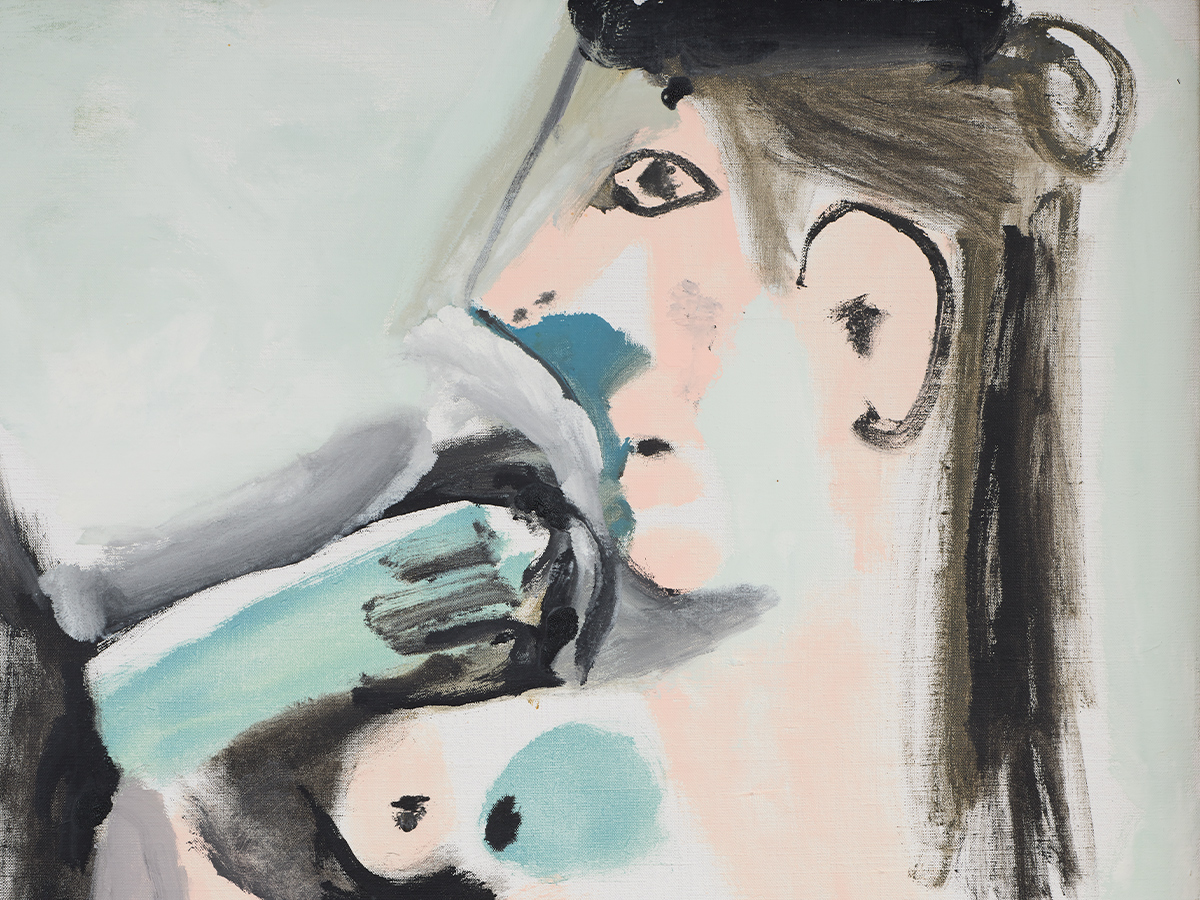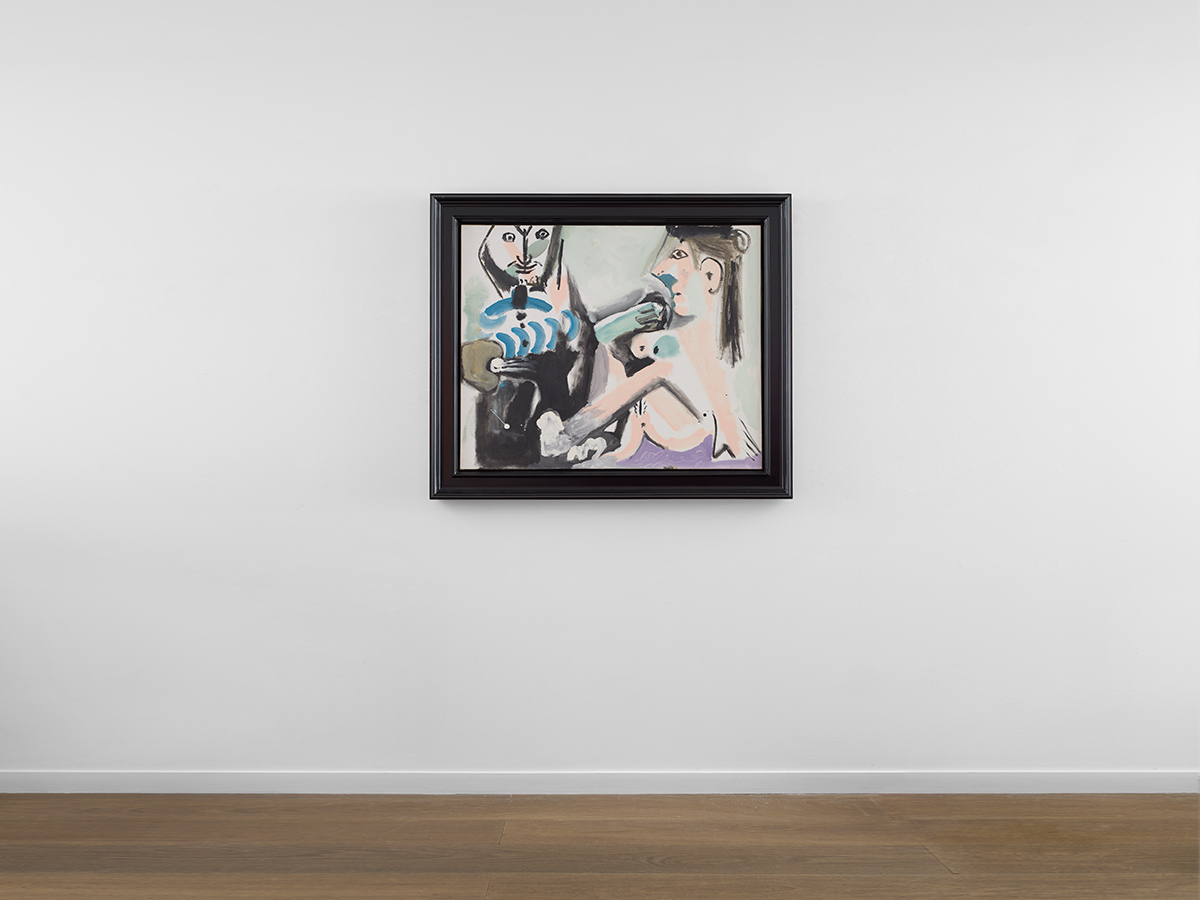Pablo Picasso巴布羅·畢卡索
Le peintre et son modèle November 9, 1964
畫家和他的模特 1964年11月9日
$2,800,000
Oil on canvas
32 x 39 1/2 inches (81.3 x 100.3 cm)
油彩 畫布
81.3 x 100.3 厘米 (32 x 39 ½吋)
© Estate of Pablo Picasso/Artists Rights Society (ARS), New York
The extraordinary would be to make with absolutely no constraints a picture that would incorporate itself into reality . . . The opposite of a photograph . . . A painting that contained everything of a woman and yet would not look like anything known about her. —Pablo Picasso
The rapport between the painter and his model was one of Picasso’s foremost obsessions: a theme, pervasive within the history of Western art, to which he returned again and again. To treat this trope was an act at once personal and philosophical, representing both Picasso’s identity as an artist and his pursuit of truth through the transformative power of painting. In early 1963, he departed from his decade-long engagement with earlier masters such as Eugène Delacroix, Édouard Manet, and Diego Velázquez. Distilling his attention, he concentrated on the essential: the female nude, the artist, and their complex bond. For the following two years, he concentrated almost exclusively on this motif, pursuing it with particular intensity during the fall and winter of 1964.
Dating to this fertile period, Le peintre et son modèle (November 9, 1964) presents the artist as a bearded, aged man. Bent over his support, he wields a palette as he depicts a seated female nude. Upright and alert, she looks forward with a disconnected gaze, her body palpably tensed. Far from anonymous, the woman is inspired by Jacqueline Roque, the last great love of Picasso’s life, whom he married in 1961. Yet the scene is otherwise untethered to reality: at this stage in his career, Picasso forwent easels, instead laying the canvas flat and painting directly atop its surface, and rarely rendered his muses from life. Le peintre et son modèle’s portrayals of both the artist’s process and Jacqueline, with her bold contours and characteristic almond-shaped eyes, are thus less likenesses than essences. Here Picasso, in the shape of his surrogate, acts as both a passive voyeur and an active creator. Art grades into lust, as his brush morphs into a phallic instrument that breaches the easel’s barrier. By turns amorous and pensive, Le peintre et son modèle expands beyond between the bond of creator and created, prompting reflection on the larger relationships between man and woman, art and life.
-
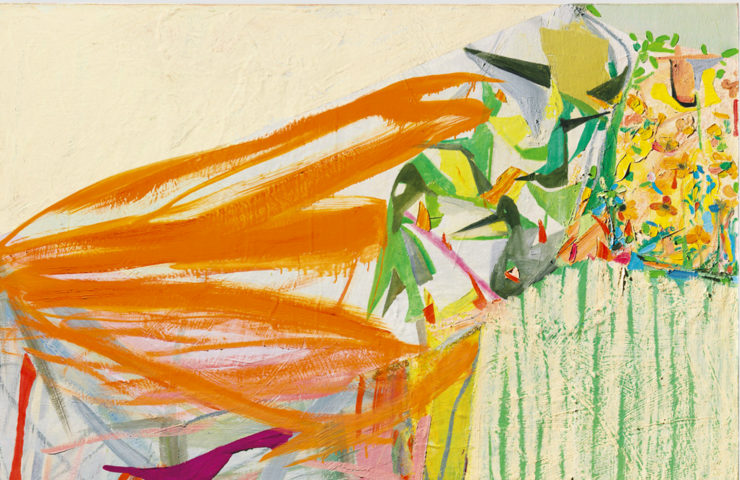
Amy Sillman艾米·希爾曼
Cliff 1, 2005
懸崖1, 2005年作
-
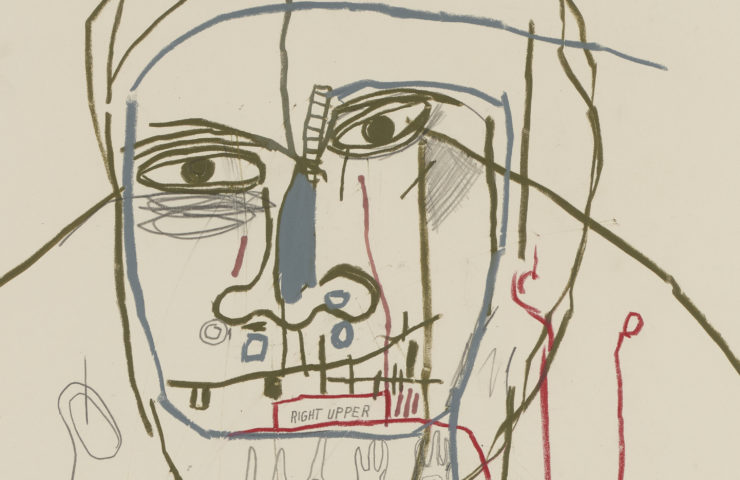
Jean-Michel Basquiat讓-米歇爾·巴斯奎特
Untitled (Head), 1983
無題 (頭部), 1983年作
-
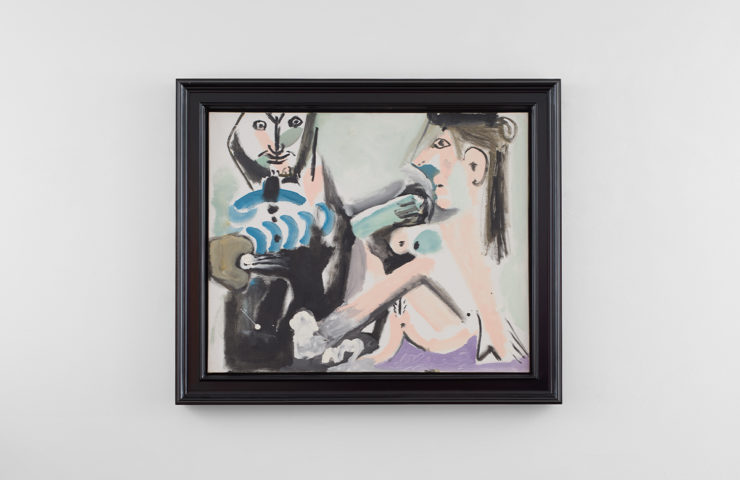
Pablo Picasso巴布羅·畢卡索
Le peintre et son modèle November 9, 1964
畫家和他的模特 1964年11月9日 -
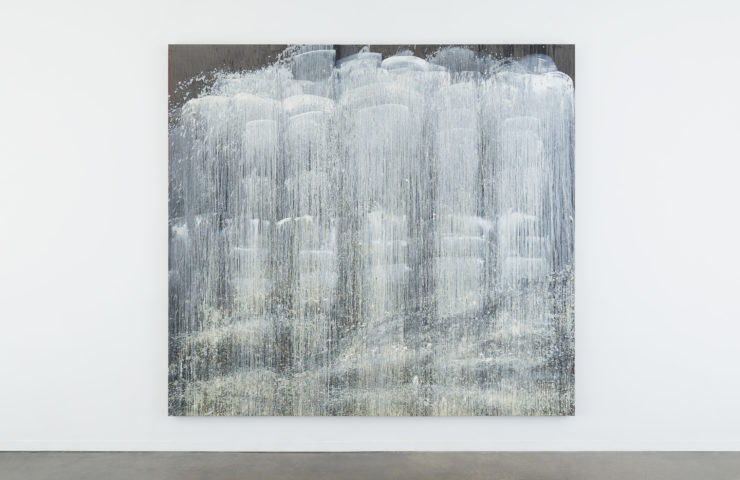
Pat Steir帕特·斯蒂爾
Tyne Panorama 1, 1990
泰恩河全景1, 1990年作 -
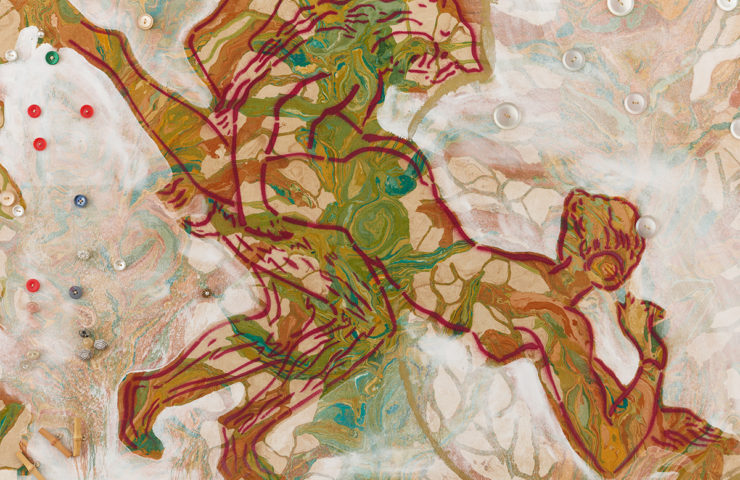
Sigmar Polke西格瑪·珀爾克
Untitled, 1980–81
無題, 1980–81年作
-
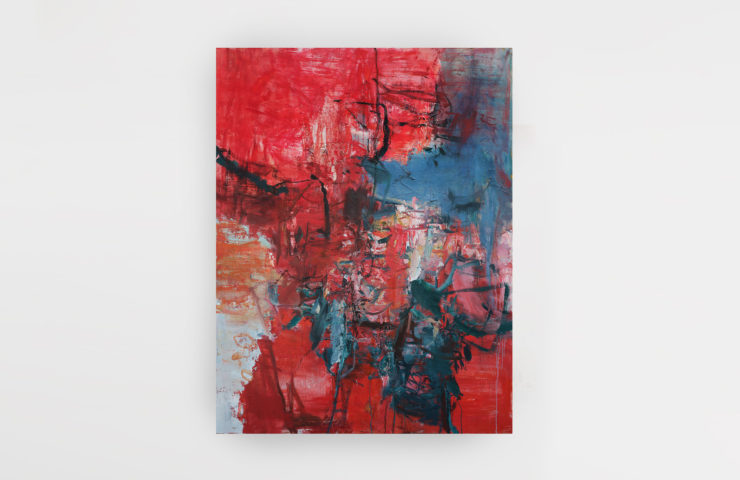
Tu Hongtao屠宏濤
Little Forest, 2017–19
小樹林, 2017–19年作

